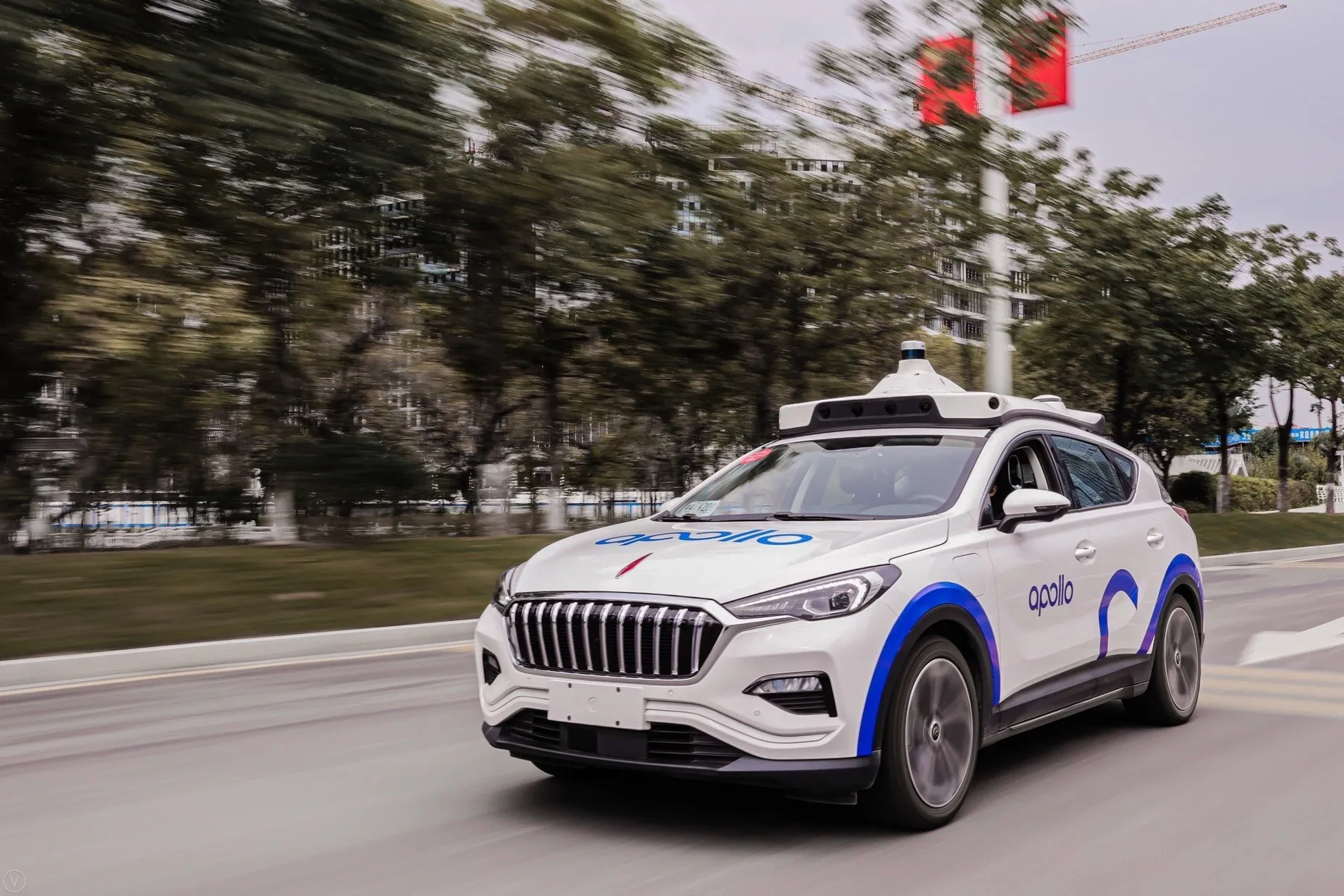French autonomous shuttle developer
The six month trial, using three Navya Arma fully autonomous, driverless electric shuttles, aims to meet the needs of the residents of l'Ile de France and pave the way for the future of mobility.
This service is free of charge for users and offers three different routes, seven days a week, serving the main areas of the Paris La Défense district, which welcomes 500,000 visitors every day. During the first three months, operators will be present onboard the shuttle. However, the second phase will see the Navya Arma shuttles running in full autonomous mode, without an operator. This is claimed to be the first time that such a trial will have been conducted in a semi-pedestrian area.
Navya autonomous shuttle service launched in Paris business district
French autonomous shuttle developer Navya and public transport company Keolis, in partnership with Paris public transport authority Ile-de-France Mobilités (Ex-STIF) and Defacto, have launched a new autonomous shuttle service in the heart of Europe's largest business district, Paris la Défense.
July 14, 2017
Read time: 1 min










